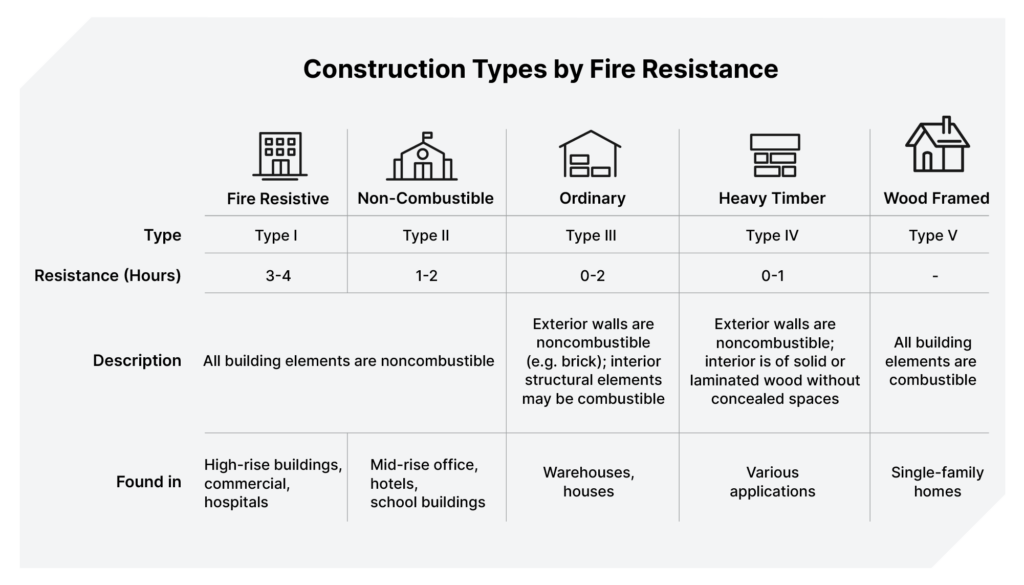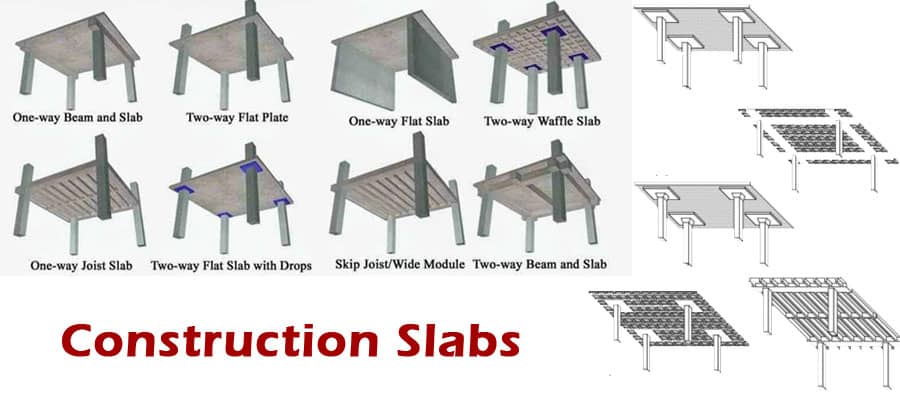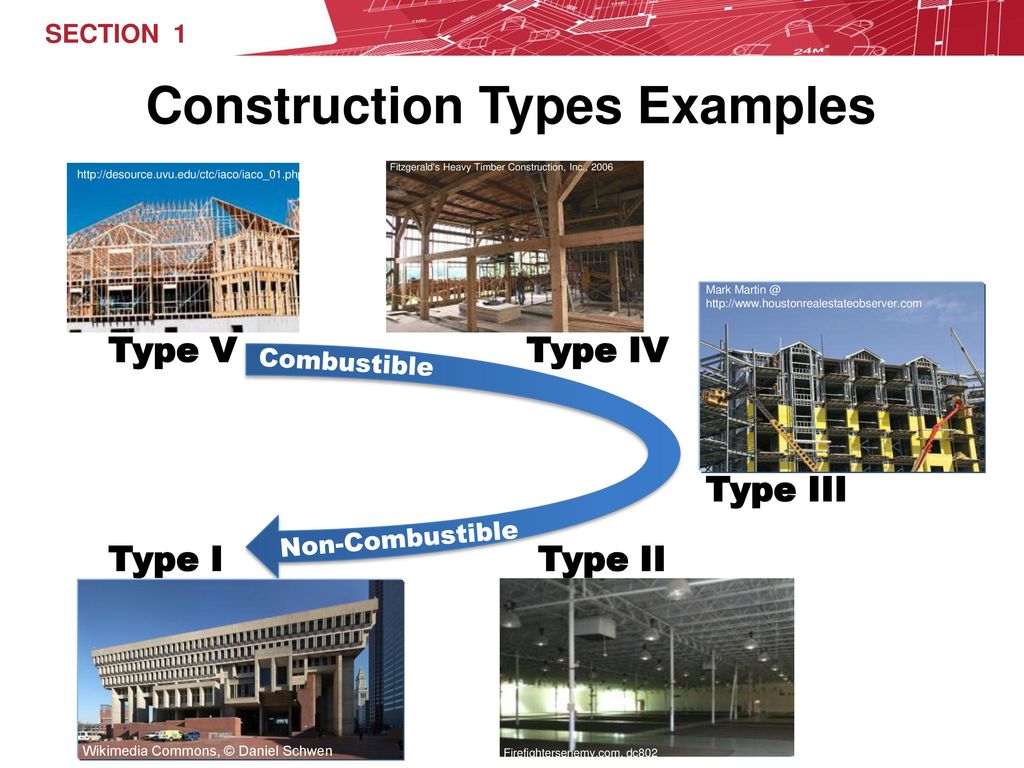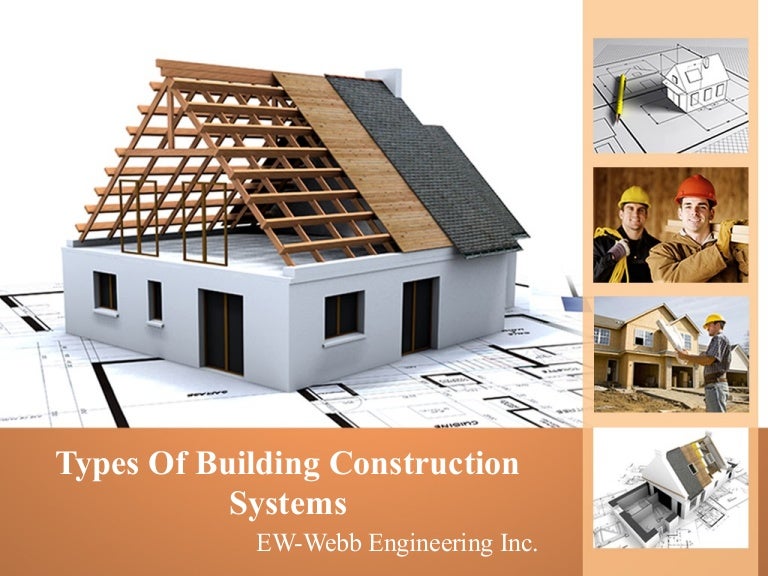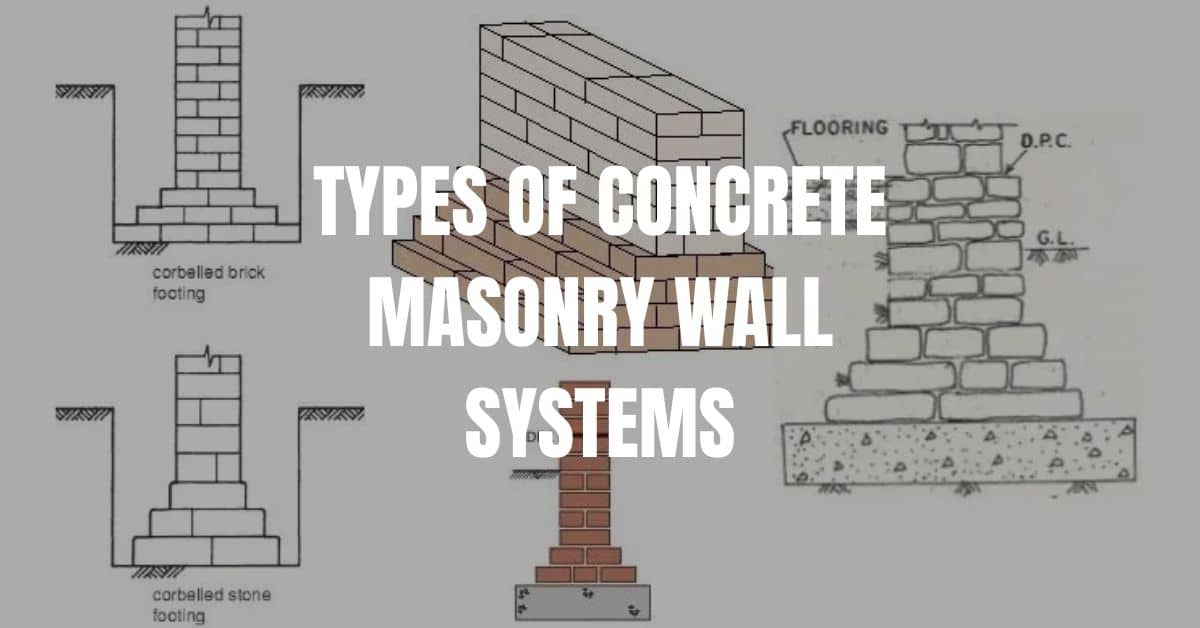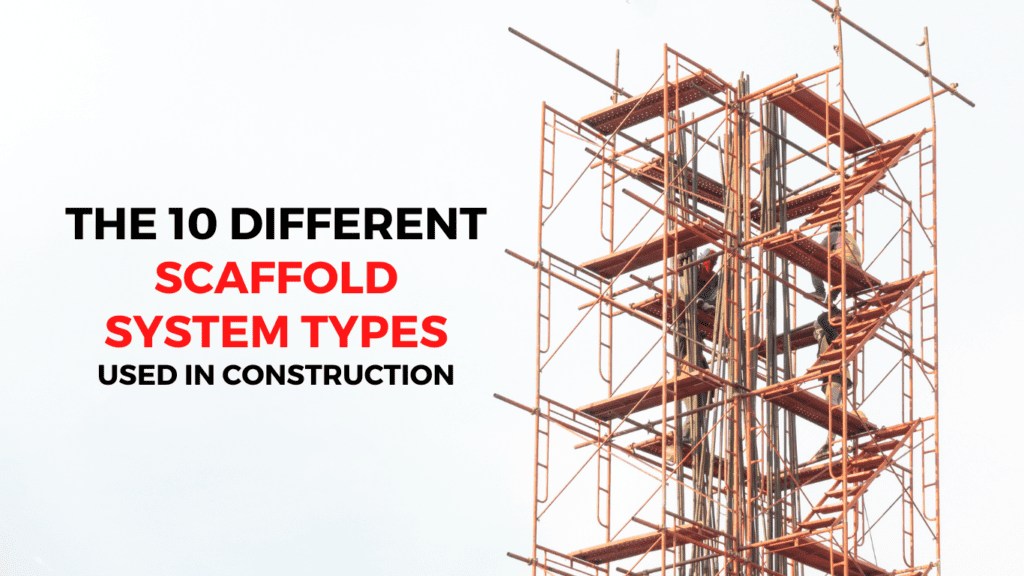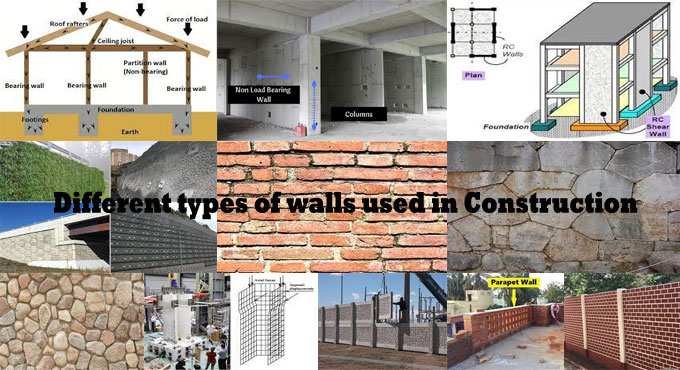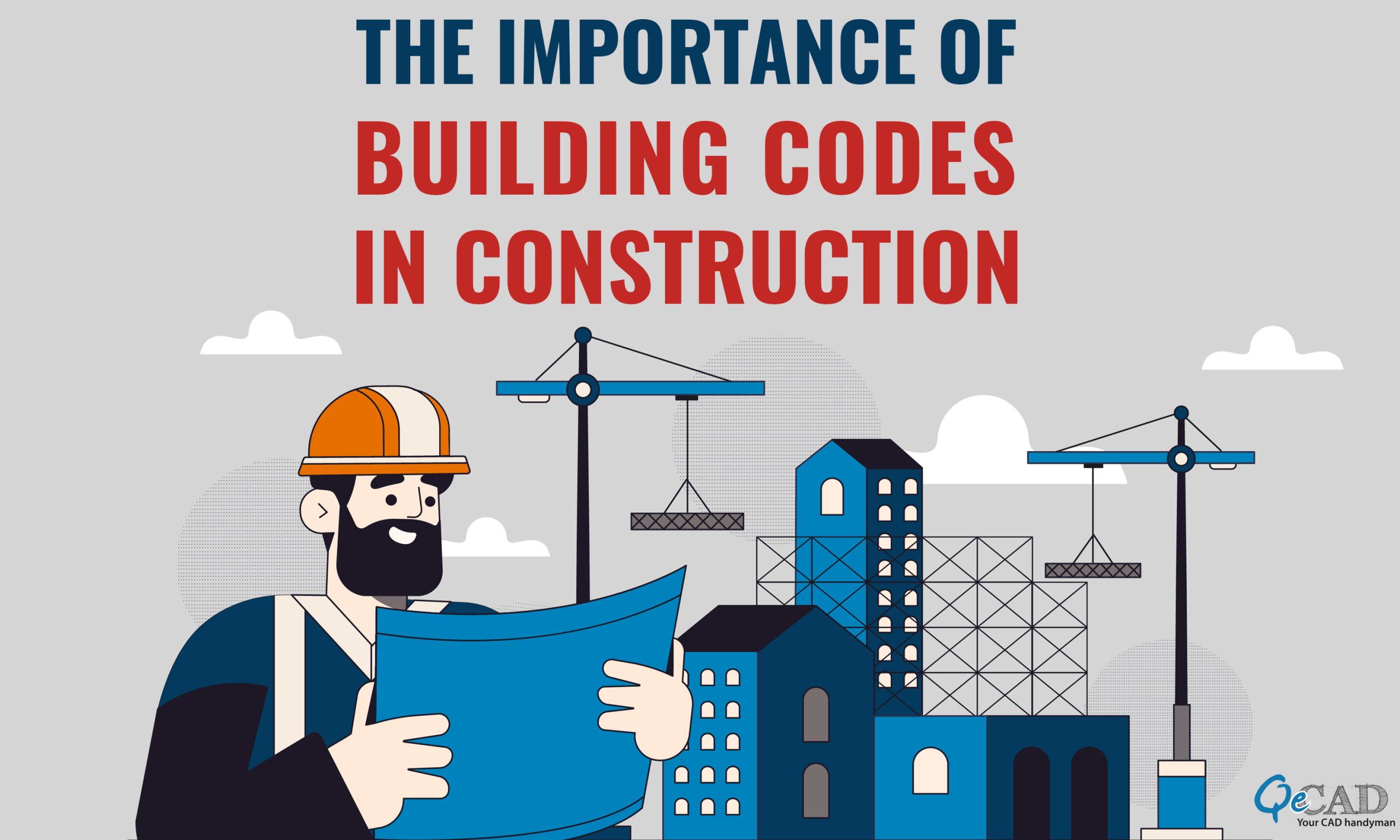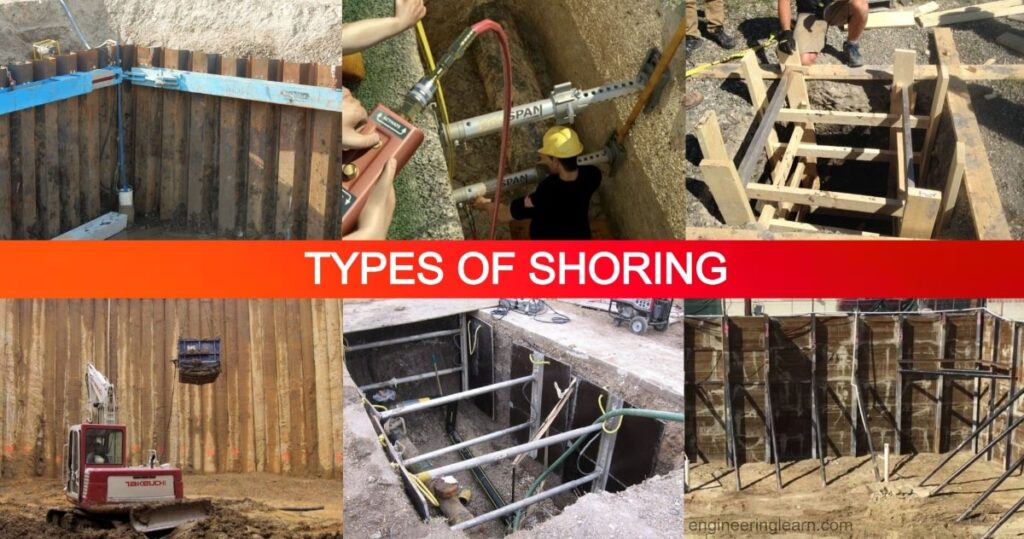What Is The Most Stringent Type Of Construction
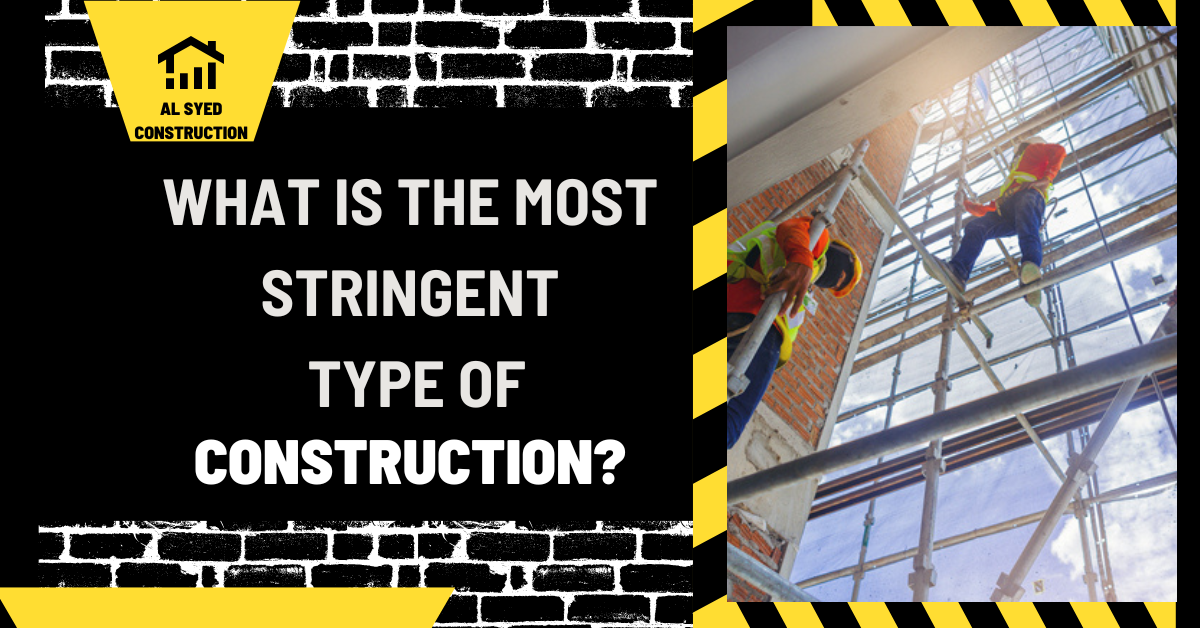
Ensuring safety and resilience in construction projects is paramount, but pinpointing the most stringent type is a complex task. Stringency varies depending on location, the specific building type, and the potential risks involved, leading to a multifaceted landscape of regulations and best practices.
Determining the "most stringent" construction is not about a single category, but rather a spectrum. It depends heavily on the project's specific risk profile, geographic location, and intended use. Understanding this variability is crucial for developers, engineers, and policymakers alike.
Understanding Stringency Factors
Several factors contribute to the stringency of construction requirements. These include seismic activity, hurricane proneness, and the potential for extreme weather events.
Building codes, like the International Building Code (IBC), provide a baseline for construction standards. Local jurisdictions, however, often adopt and modify these codes to reflect regional hazards and specific needs.
The IBC is a model code that many states and municipalities adopt and adapt, but they can also impose stricter requirements.
Seismic Construction
In areas prone to earthquakes, seismic construction is among the most demanding. Stringent requirements are vital to protect life and minimize structural damage.
Seismic design involves specialized engineering techniques to ensure buildings can withstand ground shaking. This often includes reinforced concrete, steel frames, and base isolation systems.
California, for example, has some of the most rigorous seismic building codes in the world. These codes mandate stringent design and construction practices to mitigate earthquake risk.
Coastal Construction
Coastal regions also face unique challenges, particularly from hurricanes and storm surges. Construction in these areas requires adherence to stringent standards to resist wind and water damage.
Florida, for instance, has stringent building codes specifically designed to withstand hurricane-force winds. These codes address issues such as roof attachments, window protection, and foundation stability.
The Federal Emergency Management Agency (FEMA) provides guidance on coastal construction practices. These guidelines are often incorporated into local building codes to enhance resilience.
High-Rise Construction
High-rise buildings present unique engineering and safety challenges. These require stringent fire safety measures, structural integrity, and evacuation plans.
New York City, with its dense urban environment and numerous high-rise buildings, has stringent fire safety codes. These regulations mandate fire-resistant materials, sprinkler systems, and emergency communication systems.
Furthermore, high-rise construction often involves rigorous inspections and quality control measures. This is to ensure that the building meets the highest standards of safety and performance.
The Role of Regulations and Enforcement
Effective regulations and stringent enforcement are crucial for ensuring construction quality. Without these, even the best building codes are rendered ineffective.
Building departments play a critical role in reviewing plans, issuing permits, and conducting inspections. Their diligence is essential for verifying compliance with building codes.
"Proper inspections are vital to ensuring buildings are constructed according to code," says John Smith, a structural engineer specializing in disaster-resistant design. He stresses that "even the best design can fail if not properly executed on site."
Penalties for non-compliance can range from fines to project shutdowns. This provides a strong incentive for developers and contractors to adhere to building codes.
Impact on Society
Stringent construction benefits society in numerous ways. These include increased safety, reduced property damage, and enhanced community resilience.
Buildings constructed to high standards are better equipped to withstand natural disasters. This translates to fewer injuries, fatalities, and displacement following such events.
Furthermore, stringent construction can lead to long-term cost savings. Buildings designed for durability and energy efficiency require less maintenance and lower utility bills.
Conclusion
While pinpointing the single most stringent type of construction is impossible due to varying factors, certain categories, like seismic, coastal, and high-rise construction, stand out. Their demands stem from the high stakes involved and unique regional challenges.
The key takeaway is that stringency in construction is a dynamic concept. It is constantly evolving to address new challenges and incorporate advancements in engineering and technology.
Ultimately, the goal of stringent construction is to create safer, more resilient, and more sustainable buildings. This benefits individuals, communities, and society as a whole.

